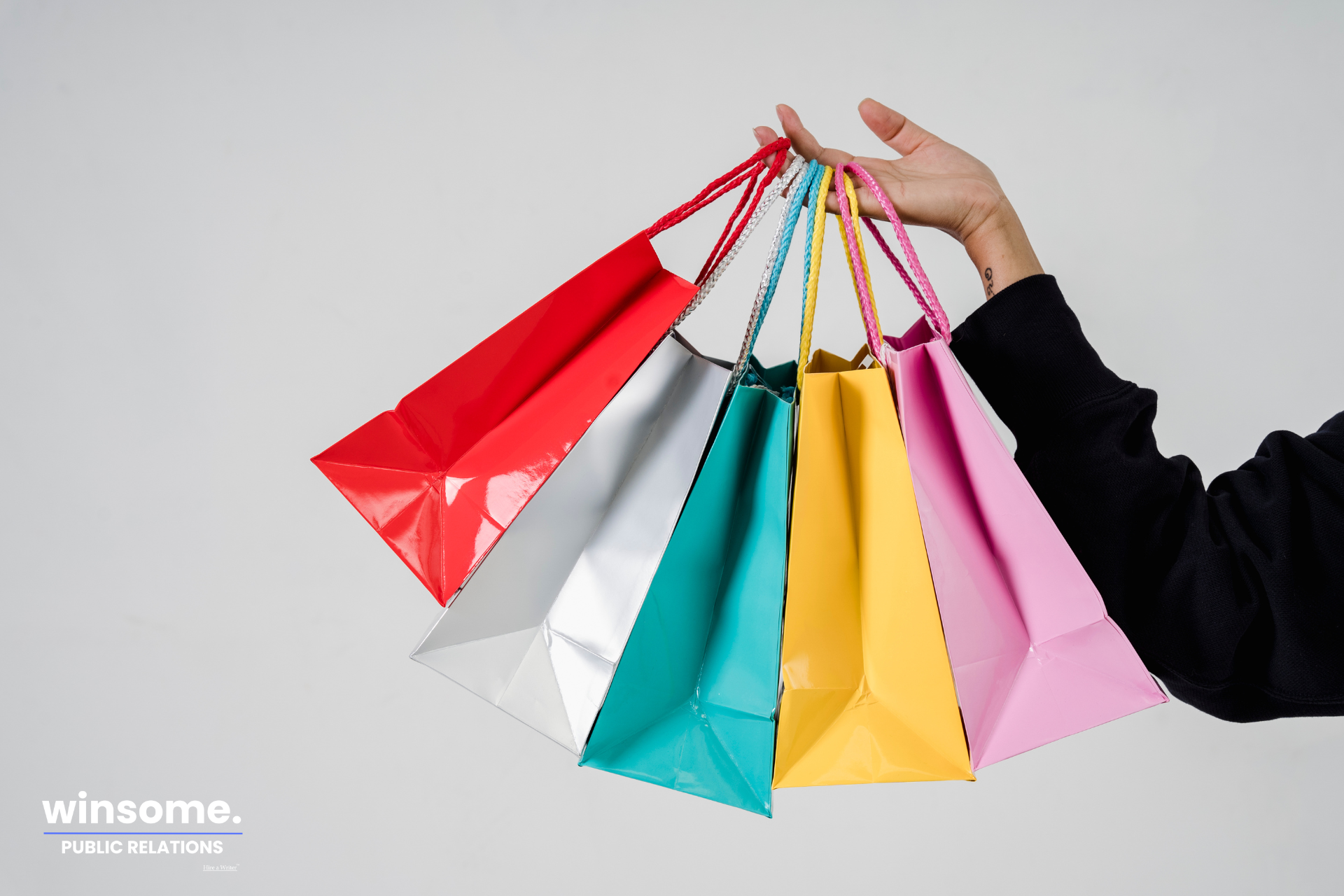Why ChatGPT Is Now Your Most Essential Buyer Persona
Okay, I get it now. We're talking about AI as our new audience. And honestly? This is the kind of thing that would keep me up at night if I wasn't...
3 min read
 Cassandra Mellen
:
May 20, 2025 4:37:34 PM
Cassandra Mellen
:
May 20, 2025 4:37:34 PM
.png)
In a world where journalists are being replaced by people who can use a credit card, authentic media coverage feels about as rare as someone actually enjoying the middle seat on an airplane.
Let's face it - the line between earned and paid media isn't just blurry, it's practically invisible. Like that time I tried to make "clear" protein shakes that ended up looking like something you'd find in a hospital sample cup.
Remember when getting press meant your story was actually, you know, newsworthy? Now it apparently means your credit limit is high enough. Media outlets that pretend to be bastions of journalistic integrity are quietly sliding into your DMs offering "editorial features" for a few hundred bucks – or sometimes thousands – without so much as a "sponsored" label in sight.
This isn't your grandmother's advertorial. It's some strange mutation where the content looks earned, reads like journalism, but was actually bought like last-minute concert tickets. It's as if someone took the ethics handbook for journalism and used it as toilet paper during the pandemic shortage.
To the public, it's like ordering what you think is a craft beer but getting something that was brewed in someone's bathtub.
To clients, it's more confusing than trying to assemble furniture with instructions written in hieroglyphics.
And to our industry, it's as corrosive as that mysterious liquid that leaks from my refrigerator.
As PR professionals, we're not just strategists anymore – we're like the last park rangers protecting an endangered species called "credibility." In this bizarre bazaar where column inches come with price tags, authentic earned media has never been more valuable. Here's how to navigate this dumpster fire without getting third-degree burns:
When a client sees a $500 pay-to-play offer, they might think, "That's cheaper than my monthly coffee budget!" That's where we come in, like the annoying friend who reminds you that eating gas station sushi at 3 AM is probably a bad idea.
We need to help clients understand that visibility without trust is like having a megaphone in an empty room – impressive equipment, zero impact. And no, real journalists don't accept payment in exposure or gift cards to Olive Garden.
Also, most clients aren't thrilled about paying extra on top of what they're already paying us. So where does this money come from? Do we hide it in our retainers like vegetables in a child's pasta sauce, or are we expected to eat the cost like that subscription service you forgot to cancel?
Before pitching a story, ask yourself: Is this a legitimate outlet, or did someone just buy a domain name yesterday and slap "News" on it? Are the editorial and advertising departments separate, or are they the same person wearing different hats (probably a fedora with "PRESS" written on it)?
You can explain an outlet's value using Domain Authority metrics, which is basically the digital equivalent of checking someone's credit score before agreeing to be roommates. According to Moz's analysis of Domain Authority, publications with higher scores tend to have more credibility and reach.
When traditional outlets are acting like digital mercenaries, it might be time for brands to take matters into their own hands through strategic content creation. Blogs, newsletters, podcasts – the full monty of owned channels.
But quality is non-negotiable. Approach owned media with the same standards as earned media, or you'll end up with content that's as compelling as watching paint dry in slow motion.
A strong story, authentically told, still matters more than a flashy headline that delivers nothing – kind of like that movie trailer that showed all the good parts and the actual film was two hours of disappointment.
Help clients uncover narratives with real relevance or insight. Journalists might be an endangered species, but the survivors are still hunting for meaningful content – it's our job to be the wildlife guide who knows where the good stories are hiding.
Although finding these opportunities is getting harder than trying to open a new jar of pickles, a solid earned PR strategy plays the long game. Your job is convincing clients that reputation isn't built overnight, unless they're planning a spectacular public meltdown.
Whether it's a contributed article or podcast appearance, transparency should be your default setting. Label what's paid like you're warning people about hot coffee. Clarify what's editorial and what that means in a world where those distinctions are fading faster than my enthusiasm for new social media platforms.
According to the Public Relations Society of America's Code of Ethics, disclosure and transparency aren't just nice-to-haves – they're fundamental to maintaining public trust. I know most of us understand the fast-paced chaos of real editorial opportunities and must navigate it like trying to walk through a moving train while holding a full cup of coffee.
Let others buy clicks like they're collecting digital Pokemon.
Let others chase shortcuts like they're late for a flight.
We're in the business of building what can't be bought: long-term brand trust. And unlike my attempts at home improvement projects, that's something that actually lasts.
In this wild west of media monetization, being the straight shooter might not always be the fastest draw, but it's the one that keeps you alive when the dust settles. And really, isn't surviving with your dignity intact what we're all ultimately aiming for? Well, that and finding the perfect gif to respond to client emails. Still searching for that one.

Okay, I get it now. We're talking about AI as our new audience. And honestly? This is the kind of thing that would keep me up at night if I wasn't...

Let's be honest – building a personal brand is like trying to assemble IKEA furniture while blindfolded. One wrong move, and suddenly you've got a...
.png)
Holy moly, I need to tell you something super important that's giving me genuine anxiety. While we're all over here perfecting our Instagram...